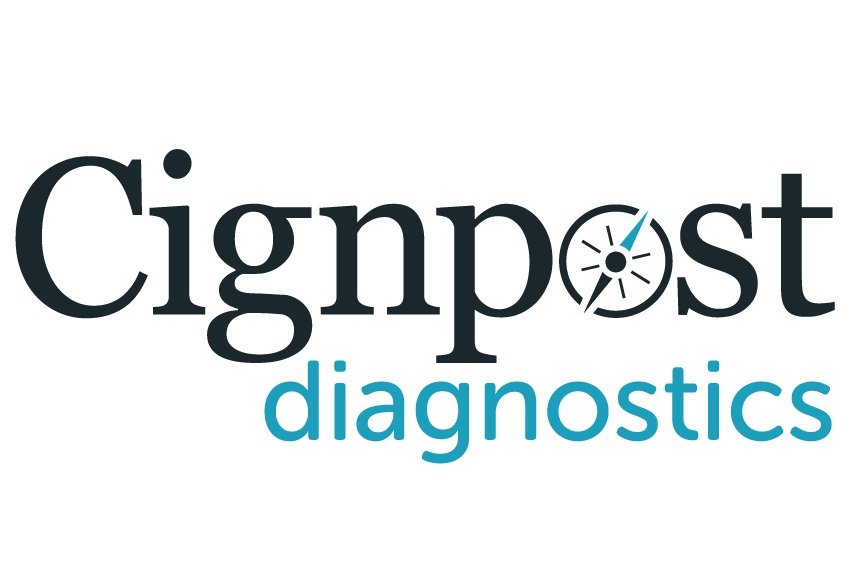What Are The Different Types Of Tests For Holiday Makers?
Understanding the different tests that are required for travelling abroad and returning home can be confusing, especially when the rules can change quickly.
For outbound travel the requirements vary by destination. Most places, including the EU, require travellers to have had both vaccine doses or provide a negative PCR test, that’s been taken within 72 hours of their arrival.
Requirements for return travel to the UK are set by the UK Government. They have set a traffic light system that labels destinations as green, amber or red, with all travellers required to prove they are free from COVID-19 through a range of tests.
Green: You must have a lateral flow test no more than 72 hours before boarding your return flight, and a PCR test within two days of arriving in the UK. If you test positive, you'll be required to isolate at home for 10 days.
Amber: You are required to take the two tests above, plus a second PCR test on day 8 of your return to the UK, and you must isolate at home for 10 days. You have the option of shortening your isolation by taking an additional 'test to release' PCR test on day 5 of your return.
Red: You are required to take all of the amber tests, plus travellers must isolate at a quarantine hotel for 10 days, at a cost of £1,750 per adult. There is no option for an early release.
Do children need to take a test?
Again, the requirements can vary by destination, however in most cases, including on their return to the UK, children under 11 do not need to provide a test.
How much will tests cost?
You should only take a test from a government-approved provider. Costs can vary markedly. The cheapest Fit to Fly PCR tests are provided by Cignpost ExpressTest (https://www.expresstest.co.uk/), with prices from £60 per person at Gatwick and £80 at other locations. Research has shown that some providers can charge more than double this amount.
Cignpost ExpressTest’s two-test package for travellers returning from amber and red destinations costs £189 as it requires an extra level of sequencing to confirm the results.
The pre-departure lateral flow tests are not the same as the free tests available through the NHS, as the results must be overseen by a health adviser. Most airlines have links to testing companies that provide the expert element digitally, with costs from around £40 per person.
What is the difference between PCR and lateral flow tests?
PCR tests are provided by trained testers with results analysed in a laboratory. A PCR test will pick up 99.9% of positive cases because it can detect the viral load of individuals with a much higher sensitivity and specificity. It therefore provides the best level of protection from variant strains of COVID-19. PCR tests are regarded as the “gold standard” test that can protect people and their families from the disease.
Lateral flow tests are undertaken by individuals themselves. They are cheap to use and provide a result in a few minutes. They are, however, far less sensitive than PCR tests and have been shown to miss up to half of all positive cases among asymptomatic carriers of COVID-19. While Lateral Flow tests have a use, they typically only pick up cases where the individual is already highly infectious. Some recent studies have also shown that Lateral Flow tests can also incorrectly assess someone as having COVID-19 when they actually do not – this is called a “false positive.” This can result in having to self-isolate from work or being unable to travel until you have taken a PCR test to confirm the result.
What else do I need to know?
Taking a COVID-19 test during the pandemic is essential if you want to be able to travel abroad. The best advice is to buy from a government-approved provider, and to ensure that you book every test in advance, so you have sufficient time to take them. If you don’t, you will not be allowed to fly, and you could face a fine of up to £10,000.
